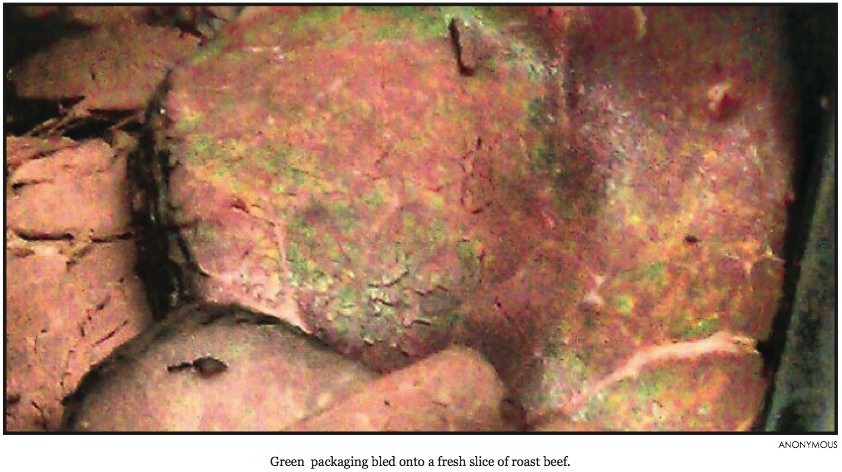By Julian Wilson
Staff Writer
Have you ever wondered what might be in your food? Are you one of those people who will eat anything without thinking about it? A May 2013 article in The Guardian listed 10 ingredients most people didn’t know could be hidden in their food. According to the list, traces of arsenic have turned up in foods, such as rice to cereal; and human hair has been found in L-Cysteine, which is a preservative found in foods, such as breads.
The article also lists antifreeze, beaver anal glands, fish bladder, coal tar, silicone breast implant filler, boiled beetle shells, rodent hair and Borax, which is used in fire-retardant compounds.
LIU Post students were asked about their experience with foods and nasty hidden surprises.
“Sometimes, everything is processed. You never really know,” said Abigail Brosnan, a sophomore Broadcast major. “I do [care], because I would be much more comfortable knowing what’s in my food, but it’s better not to know sometimes.”
Rebecca Rosenberg, a junior Early Education major, thinks that it is important to know what is in your food. “No, I don’t know what’s in my food. However, I do know that it IS food,” she said.
She also takes to heart what is in her food, and what other “ingredients” may be included. “I care what’s in my food because I would like to know what I’m digesting. “[I] also [want] to make sure that what I am eating is healthy. I like to eat healthy a lot of the time, so not knowing what’s in my food is probably not good for me,” she said .
“I get so grossed out. If I see something that isn’t supposed to be there like a Band-Aid, I will probably never eat there again.” Her Band-Aid story is not for the squeamish. “One day my friend and I went to ‘Sissler’, and he found a Band-Aid in his soup. After we saw it we immediately got up and left. Before that, though, we told the manager that we were not going to pay for the soup. It also turns out that after that incident, the place went out of business,” Rosenberg said.
“I don’t know fully what’s in my food, but I’m content that it’s listed somewhere. I really don’t care what’s in my food as long as it’s edible,” said Peter Sacoulis, freshman Information Systems major.
“If something fell in the food that’s not supposed to be there, then I start to care,” Sacoulis added.
Sacoulis shared his own personal experience as well. “I experienced eating something that felt like a rock in what I got at a hot dog stand. I threw it out and swore off eating food from any kind of stands.”
Sometimes you can’t avoid having some sort of stomach-turning item ending up on your plate. However, you could probably lessen your chances of biting into something unexpected by cutting out fast foods, eating naturally and considering organic foods. Foods with the “USDA Organic” and “Certified Organic” seal must contain 95 percent certified organic ingredients, according to LifeHacker.com. Certified organic ingredients are free of synthetic additives, such as pesticides, chemical fertilizers and dyes.




Be First to Comment